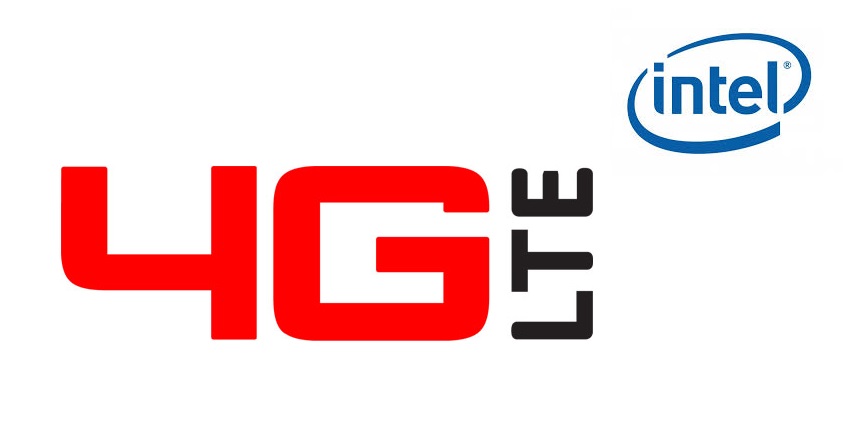Intel now has a multi-frequency LTE chip

One of the main obstacles that hindered the successful promotion of the Intel mobile platform on the world market was the absence of an LTE controller in its structure. The situation looked even paradoxical: with each new generation, the speed of data processing and media increased, but there was nothing to ensure their arrival! Part of the problem was resolved at the end of 2012, when deliveries of the single-frequency LTE Intel chip began. However, the specific situation in LTE networks, when different frequency bands are used in different countries of the world, did not allow creating on its basis a universal communication solution capable of operating anywhere in the world. And now another step has been taken in this direction - Intel has introduced a multi-frequency XMM 7160 chip.
“Everything that it believes should be connected to the network,” commented this event to Intel. The XMM 7160 chip, capable of operating in 15 frequency bands, opens up virtually limitless possibilities for LTE roaming. In the case of the complete absence of LTE network, the controller switches to 3G mode. Such a universal solution will make life easier for both users and vendors. Among the other progressive features of the new chip is up to 30% less power consumption compared to its predecessor and 12% less physical dimensions.

In the area of wireless technology, Intel has chronically been in a catch-up position. In an effort to end this vicious practice, in 2010, the company acquired the Infineon wireless division, but at that time it only had 2G / 3G technology. The exhausting shock labor marathon, which was held simultaneously by several development teams, was completed successfully: a commercial 4G solution was prepared in a short time, which has now become one of the components of the Intel platform.
')
However, Intel is far from technological leadership in this niche. It is known that one of its main competitors, Qualcomm, announced the integration of 3G / 4G LTE controller in its new Snapdragon 400 processor, thus going one step further. Intel has not yet revealed its plans to integrate LTE into the Atom processor, formulating its position as “the time has not come yet”. There is no reason to doubt that it will come quickly enough: Intel throws all its forces into a breakthrough on the wireless front. One of the points of the program to conquer the mobile world is undoubtedly the conclusion XMM 7160; as another, you can safely call the development of new processors Clover Trail + and Bay Trail. Their combination will generate a new wave of mobile x86-compatible devices, which, as we have seen , many users are already looking forward to.
It remains only to add that the first deliveries of XMM 7160 are expected at the end of this month.
Source: https://habr.com/ru/post/192666/
All Articles